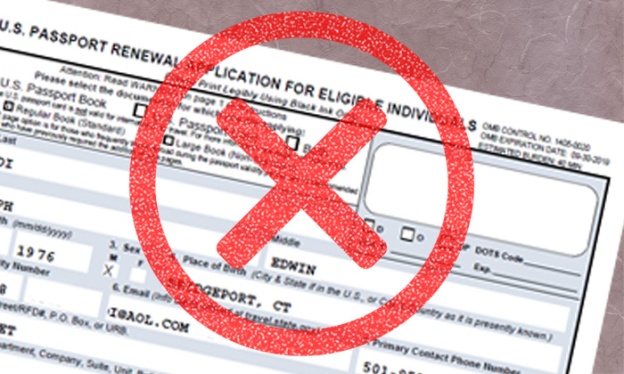 Dual citizens are people who hold the citizenship for two countries at once. If you have dual citizenship in the US and another country, that means you can hold two valid passports at once! Today, we’ll explore the special passport issues for dual nationals who have passports from two different countries, and answer your most important questions.
Dual citizens are people who hold the citizenship for two countries at once. If you have dual citizenship in the US and another country, that means you can hold two valid passports at once! Today, we’ll explore the special passport issues for dual nationals who have passports from two different countries, and answer your most important questions.
How Do You Become a Dual Citizen?
US law doesn’t prohibit you being both a US citizen and a citizen of another country. There are several ways you can acquire dual citizenship:
Naturalization as a US citizen. If you become a US citizen through naturalization, most countries allow you to maintain your original citizenship as well.
Marriage. Are you a US citizen engaged to someone from a foreign country? Some countries will automatically grant you citizenship if you marry a citizen.
Birth. Some dual citizens are born that way! There are a number of ways you can get dual citizenship by birth. For instance, you could be born in the United States to parents from another country. Or you could be born to US citizens in another country that also grants citizenship to anyone born on its soil. If one of your parents is not a US citizen, you may get a secondary citizenship by right of descent.
Becoming a citizen of another country. Just as the US doesn’t make foreign-born citizens give up their first citizenship, you can become a citizen of another nation without relinquishing your US citizenship. Marriage, as we mentioned, is one possible way to get a second citizenship. You might also be able to gain citizenship by residing in another country for many years, or by right of descent if your parents or grandparents were born overseas.
No one is exactly sure how many Americans are dual citizens, because no government agency tracks that information. But if you are one of them, you may have some questions about how to manage your two passports!
Traveling With Two Passports
Can I fly carrying both passports?
Yes, you are allowed to carry both passports when you travel. If you are returning to the US, you will definitely need to carry your US passport, whether or not you are also bringing your non-US passport.
Can I choose which passport I use to enter a foreign country?
In most cases, yes. If you are traveling to your other country of citizenship, you will be expected to use that country’s passport to enter. If you are traveling to a third country (not the US or your other country of citizenship), you can choose which passport you want to use. When deciding which passport to use, you should consider whether a visa is required for your trip. Most of the world’s nations allow you to enter on a US passport without a visa. However, there are a few countries that do require visas for US citizens that allow certain other nationals to enter visa-free. For instance, if you are a dual US-UK citizen, you can travel to Brazil on your British passport with no visa required.
My US passport is expired. Can I travel just using my non-US passport?
No, not unless you don’t want to come home to the States! You are required to have a valid US passport for your return to the US.
Which passport should I use to book my flight?
If you need to provide passport details to book an international flight, you should use the same passport that you will use to enter your destination country. It’s OK for you to check in for your return flight using your non-US passport, and then pull out your US passport to clear US immigration and customs.
I only have US citizenship. Is there a way for me to get a second passport for travel?
Yes, there is! You can get a second valid US passport, and G3 can help.
Passport Questions for Dual Citizens
Do I have to turn in my non-US passport to get a US passport?
Have you just been naturalized as a US citizen? Congratulations! You’re now eligible to get your first US passport. You are not required to turn in or give up your non-US passport. While your US passport is processing, you can hold on to your other passport and keep using it as an ID. You should not travel outside the US until you have your new US passport, though.
Can I use my non-US passport to prove my identity to get a US passport?
Yes, your non-US passport can be used as a form of secondary identification when you apply for your US passport. You can even use an expired non-US passport to help establish your identity.
I am renewing my US passport, and the application asks about my most recently issued passport. Do I put in the details of my foreign passport?
No, you don’t need to make any mention of your non-US passport on your US passport application. When you renew your US passport, you will fill in the details of your most recent US passport only.
How can I renew my non-US passport?
If you need to renew your non-US passport while you are living in the USA, you can request passport renewal service through the Embassy or Consulate of your other country of citizenship. Be prepared for it to take weeks or even months for your passport to be renewed. Not all embassies produce passports on site. They may need to send your passport back to the home country to be renewed.
Source: https://www.g3passports.com/dual-citizens-passport-questions/




